On the morning of April 6, parents watched their daughters run around the field of the Aliso Pico Recreation Center in Boyle Heights, where girls were split into groups and sent to practice baseball, basketball, gymnastics and more, taught by volunteers as part of Girls Play Day.
The event is part of a city-wide effort from The Play Equity Fund and their community partners to increase girls’ participation rates in athletics by removing barriers for Latinas aged nine to 17 years old. Girls Play Day, funded by Nike, offered not only the opportunity to practice a range of sports but also for families to connect with community organizations offering sports facilities, equipment and support. Each participant also received one free sports bra.
“It's a fun day to really go out and play and enjoy a sport that you never thought you would join,” Fernando Ramirez, Vice President of The Play Equity Fund, said. “And so the goal is really to get them to sign up, and year round, support the work that the organizations are doing in the community.”

Girls aged 9 to 17 were invited to try out different sports at Girls Play Day in Boyle Heights. (Gladys B. Vargas / CALÓ News)
According to a report on recruitment and retention in sports by the LA84 Foundation, which established the Play Equity Fund, the demographic of youth most likely to be inactive in sports are 15 to 17-year-old Latina girls from low-income households in Los Angeles. The same report said girls also had a 4.3% higher rate of dropping out of a sport than boys did.
“We believe all kids have a right to play, regardless of race, gender, income, ability, sexuality,” Ramirez said. “And we try to remove all barriers to sport, play, and movement because we believe that life through sports is our overall objective.”
Sara Ortiz used to be one of the young girls that organizations were encouraging to get involved, and after playing golf and other sports through high school, she was volunteering on Saturday to help other girls follow a similar path.
“I and my parents didn't have the money or the time either to be taking me to all these places,” Ortiz said. “But because the [Weingart East Los Angeles YMCA] offered it for free…I was able to try it out and now I can say like, ‘Hey, I tried and now I know I can do it.’”
Zitlaly Hernando, Sports Coordinator for the Hollenbeck Police Activities League (PAL), was coaching soccer drills with the girls on Saturday, building skills before splitting them in teams to scrimmage. Hernando mentioned that for families with four to five kids, keeping the cost of participation to $10 per child was “a necessity to have.” She also emphasized the need to address the cultural, social barriers to sports, as much as material.
“I think it's important because I'm from a Mexican household, so traditionally sports are more for boys to play…they're obviously encouraged at a very young age,” Hernando said. “Girls, we kind of have to seek out for it, if we want to. We have to be our own advocate of like, ‘I want to play.’”
The community partners, or “ecosystem of organizations,” that service Boyle Heights, as Ramirez referred to them, included After-School All-Stars, Boyle Heights Youth Football & Cheer, Boys & Girls Club West San Gabriel Valley, Proyecto Pastoral, Students Run L.A. and the WELA YMCA that helped Ortiz get involved years earlier.
“Just try it out,” Ortiz offered as advice to other young girls. “Even if you don't like it, even if it fails, you never know what you can learn from it.”

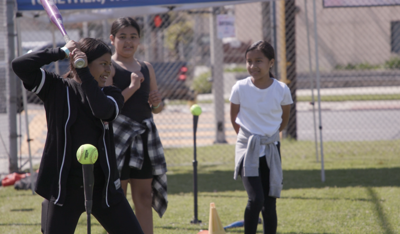
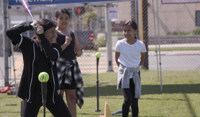

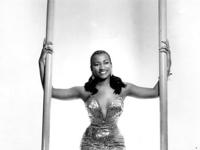



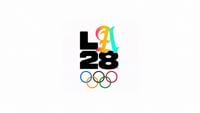

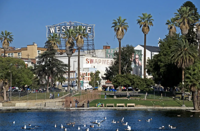
(0) comments
Welcome to the discussion.
Log In
Keep it Clean. Please avoid obscene, vulgar, lewd, racist or sexually-oriented language.
PLEASE TURN OFF YOUR CAPS LOCK.
Don't Threaten. Threats of harming another person will not be tolerated.
Be Truthful. Don't knowingly lie about anyone or anything.
Be Nice. No racism, sexism or any sort of -ism that is degrading to another person.
Be Proactive. Use the 'Report' link on each comment to let us know of abusive posts.
Share with Us. We'd love to hear eyewitness accounts, the history behind an article.